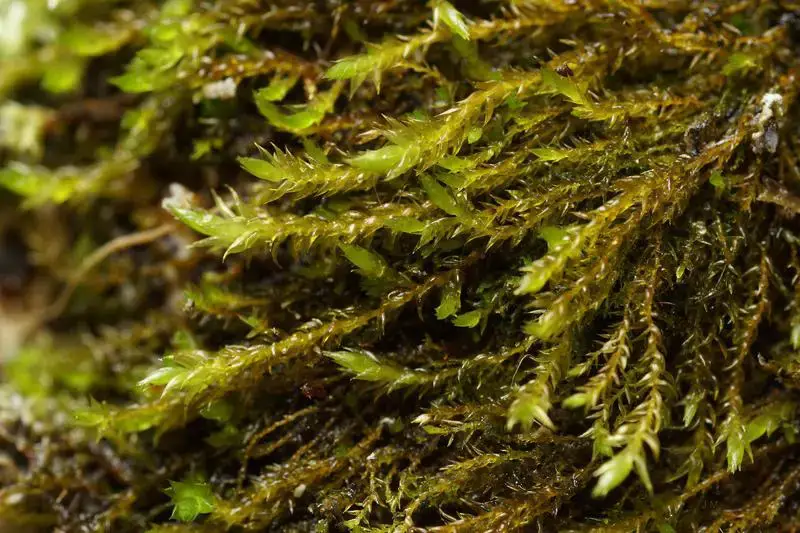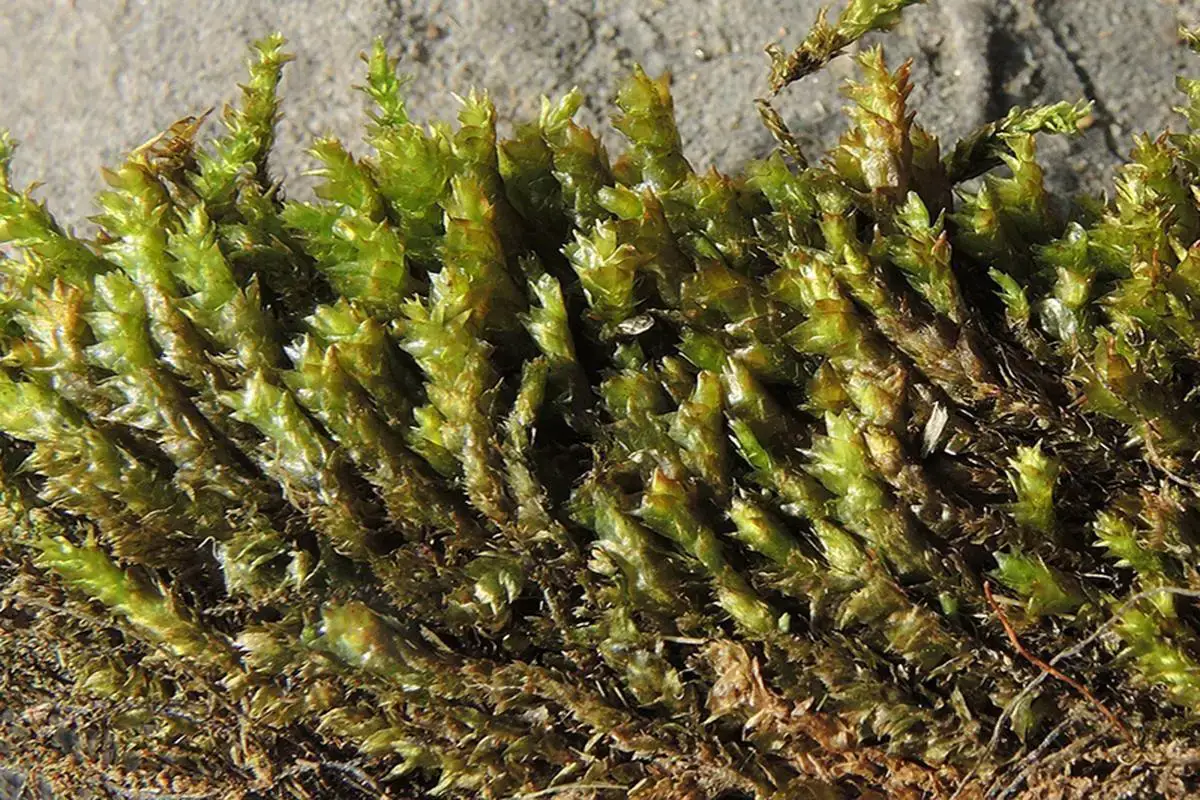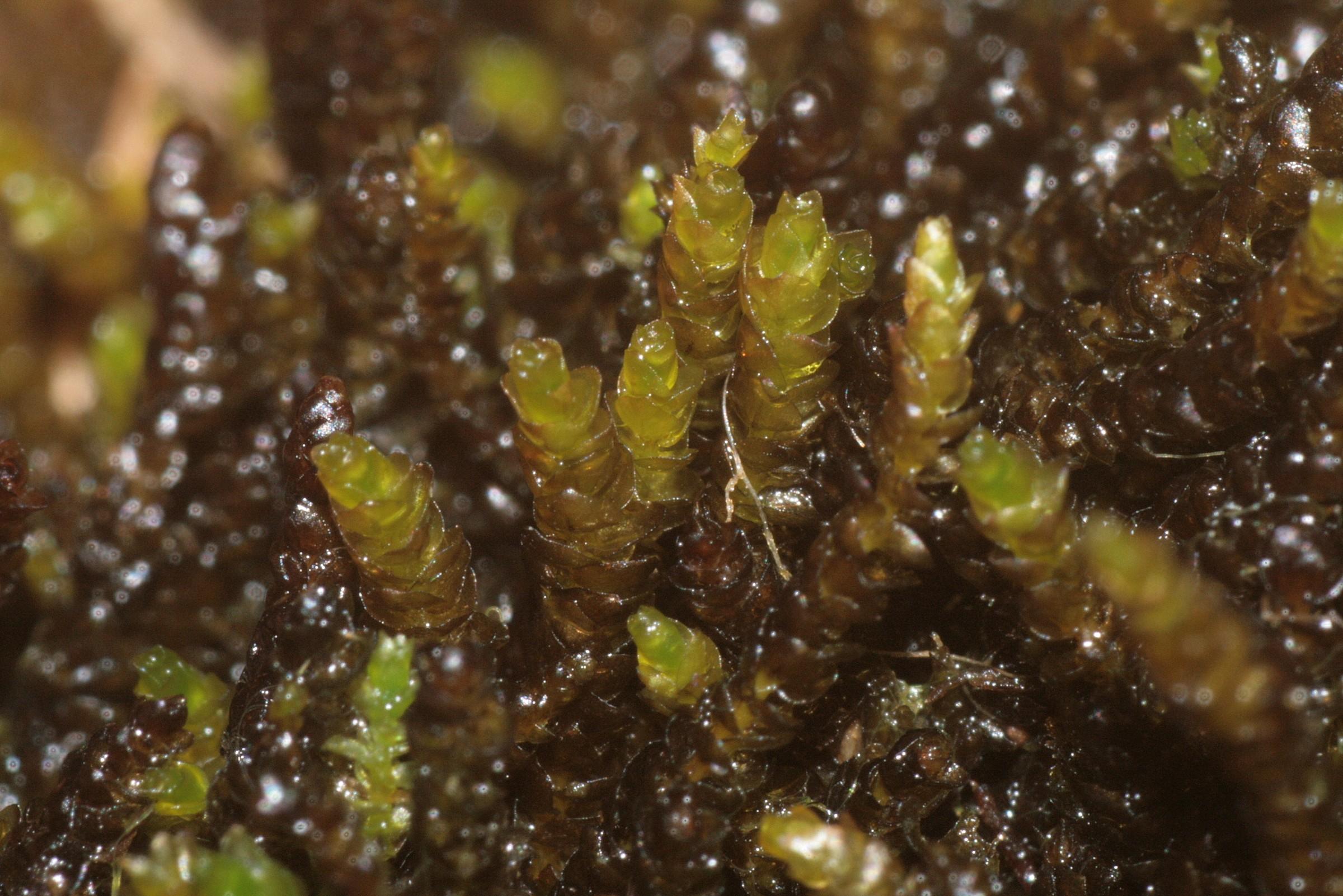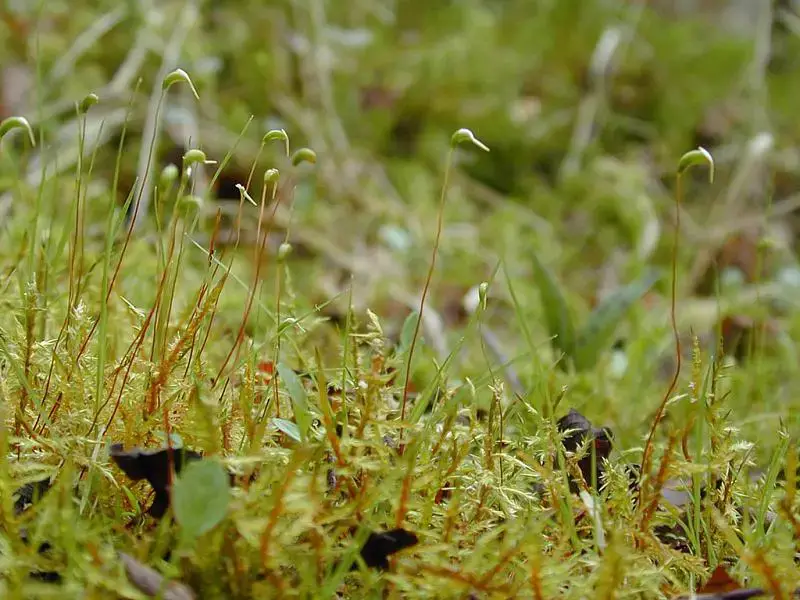
1001575.jpg from: https://www.bio-forum.pl/messages/3280/1001573.html
Introduction
The natural world is teeming with wonders, and one such marvel is the Hygrohypnum polare (Lindb.) Loeske moss, a remarkable member of the Scorpidiaceae family. This unassuming yet fascinating moss, commonly known as Hygrohypnum, has captured the interest of bryologists and nature enthusiasts alike. In this blog post, we’ll delve into the captivating world of this moss, exploring its unique characteristics, global distribution, and ecological significance.
Background
Before we dive into the details, let’s set the stage with some background information. Mosses

hygrohypnum_cochlearifolium.jpg from: https://www.plantsnap.com/plant-encyclopedia/bryophytes/Amblystegiaceae/hygrohypnum-purpurascens/
are small, non-vascular plants that belong to the Bryophyta division. They are among the oldest land plants on Earth, dating back to the Paleozoic era. These resilient organisms play crucial roles in various ecosystems, contributing to soil formation, water retention, and providing habitats for other organisms.
Main Content
Morphology and Identification
Hygrohypnum polare (Lindb.) Loeske is a pleurocarpous moss, meaning its stems and branches grow horizontally along the substrate. Its slender, creeping stems can reach lengths of up to 10 centimeters, forming dense mats or cushions. The leaves are small, ovate to lanceolate in shape, and arranged spirally around the stem. When moist, the leaves exhibit a distinctive glossy green hue, but they can appear dull and brownish when dry.

2400.jpg from: https://naturalatlas.com/plants/moss/smiths-hygrohypnum-1451874c
One of the key identifying features of this moss is its double costa, or midrib, which extends partway up the leaf. This characteristic, along with its habitat preferences and geographic distribution, helps distinguish it from other moss species.
Global Distribution and Habitat
Hygrohypnum polare (Lindb.) Loeske is widely distributed across the Northern Hemisphere, with a range extending from the Arctic regions to temperate zones. It can be found in various habitats, including moist tundra, bogs, fens, and along the banks of streams and lakes. This moss thrives in cool, humid environments and is often associated with calcareous or base-rich substrates.

Calliergonella_cuspidata_Kapseln.jpg from: https://www.naturvielfalt.ch/en/organism/33110
Ecological Roles and Adaptations
Despite its small size, Hygrohypnum polare (Lindb.) Loeske plays vital roles in its ecosystems. Its dense mats help retain moisture, creating microhabitats for other organisms, such as invertebrates and fungi. Additionally, this moss contributes to soil formation and nutrient cycling, making it an essential component of many ecosystems.
One of the remarkable adaptations of this moss is its ability to withstand extreme conditions. It can survive freezing temperatures and desiccation, thanks to its ability to enter a dormant state and revive when conditions become favorable again. This resilience allows Hygrohypnum polare (Lindb.) Loeske to thrive in harsh environments where other plants may struggle.
Case Studies/Examples
In the Arctic tundra, Hygrohypnum polare (Lindb.) Loeske is a key component of the vegetation, forming extensive mats that provide insulation and moisture retention. These moss mats play a crucial role in regulating the permafrost, which is essential for the stability of the Arctic ecosystem.
Technical Table
| Characteristic | Description |
|---|---|
| Scientific Name | Hygrohypnum polare (Lindb.) Loeske |
| Family | Scorpidiaceae |
| Common Name | Hygrohypnum |
| Growth Form | Pleurocarpous moss |
| Leaf Shape | Ovate to lanceolate |
| Leaf Midrib | Double costa |
| Color | Glossy green (moist), dull brown (dry) |
| Habitat | Moist tundra, bogs, fens, stream banks |
| Distribution | Northern Hemisphere, Arctic to temperate regions |
Conclusion
Hygrohypnum polare (Lindb.) Loeske, a unassuming yet remarkable moss, plays a vital role in various ecosystems across the Northern Hemisphere. Its resilience, adaptations, and ecological contributions make it a fascinating subject of study for bryologists and nature enthusiasts alike. As we continue to explore and appreciate the diversity of life on our planet, this moss serves as a reminder of the intricate web of interconnections that sustain our ecosystems. Perhaps the next time you encounter a lush, green mat of moss, you’ll pause and wonder if it might be the captivating Hygrohypnum polare (Lindb.) Loeske.